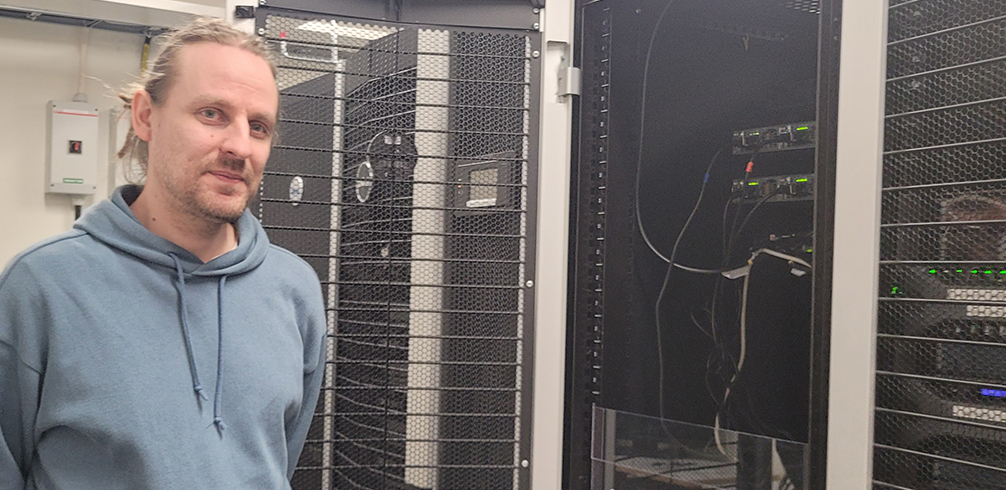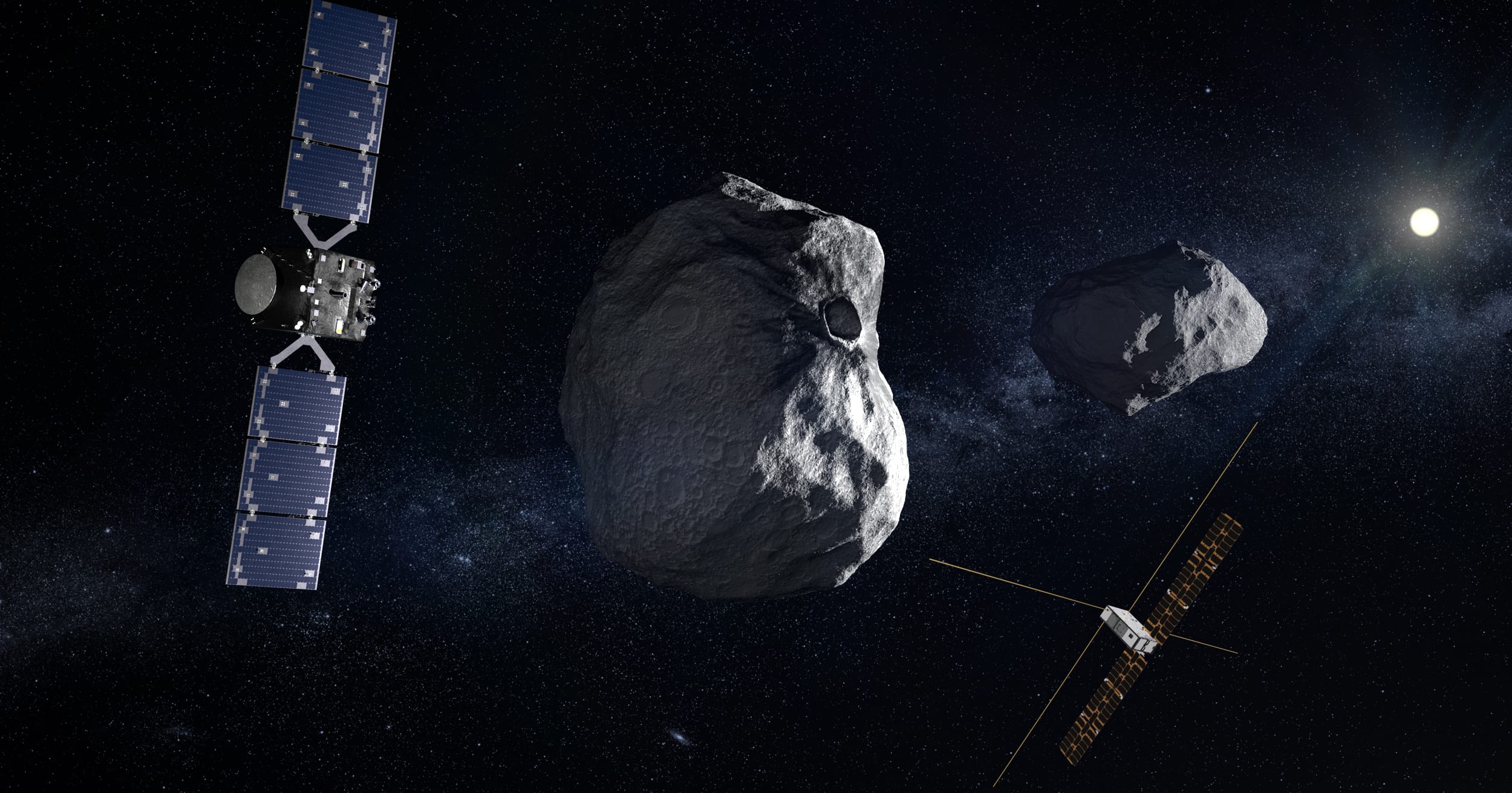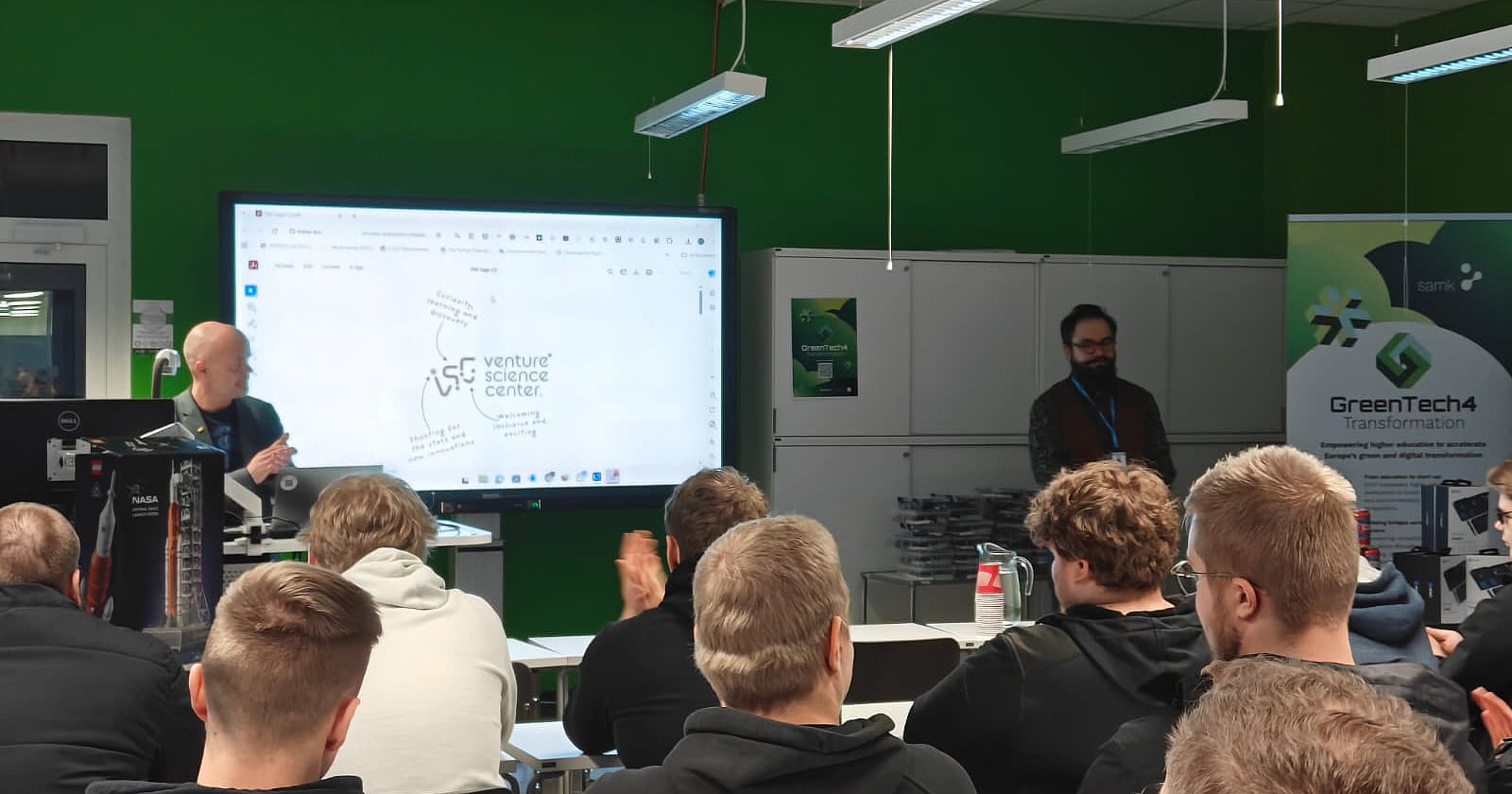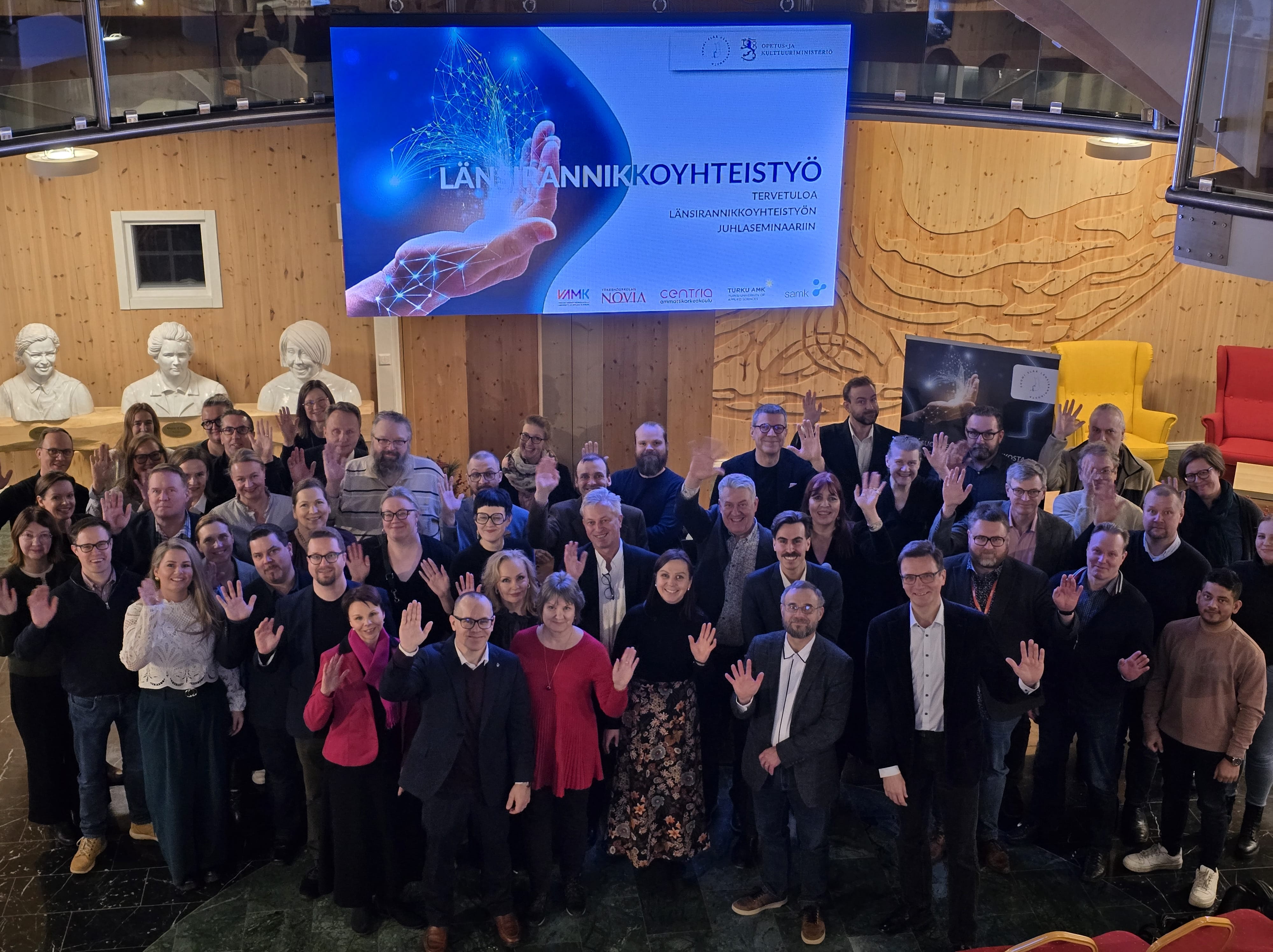It all started when the Degree Programme in Artificial Intelligence was initiated a few years ago. Nowadays, using deep neural networks is common, but their computational demands often exceed the capacity of students’ personal laptops. Deep neural networks refer to a method in artificial intelligence that teaches computers to process data in a way that is inspired by the human brain.
– I started thinking that we should have computing resources, mainly for educational purposes, but also for the needs of research projects. Many research projects require computationally demanding tasks,” says Aaltonen.
After cost analysis, it was decided that we buy a server and develop our own custom software solution. Aaltonen designed the architecture and Senior Adviser Aleksi Postari was the main programmer.
– Now we are not dependent on any external party, as we would be, if we were using cloud services or some licensed system.
In practice, it’s an online portal where a student or staff member can book server time and access it from anywhere. Currently, there are twenty reasonably powerful display adapters, so up to forty students can work on tasks simultaneously in pairs. The plan is to expand the computing resources with ten more adapters every other year.
Deep learning from deep neural networks
Aaltonen is a senior lecturer in the Degree Programme in Artificial Intelligence taught in English. His area of expertise is deep neural networks.
– Initially, I started to work as a researcher at SAMK, but then I was asked to teach. From there it has slipped into almost full-time teaching. At the same time, you have to keep one foot on research. There’s no other way to teach in a field like this,” he says.
Aaltonen says he enjoys teaching.
– There’s something special about teaching an extremely difficult topic and, at some point, actually seeing the student grasp it. It’s an incredible feeling.
For students, using a server means they can tackle real problems with deep neural networks while they are still students. At its simplest, the server can be used to solve image recognition tasks, such as identifying whether a picture has a bullfinch or whether the person in it is wearing protective gear. In later stages of studies, it is possible to teach and explore, for example, open-source language models.
– This enables much deeper learning and experimentation with complex subsystems in a teaching situation,” says Aaltonen.
Building a unique AI server for public distribution
The open-source AI server is relatively unique in Finland. However, Toni Aaltonen does not want to keep the work developed at SAMK only within his organisation.
– The software package of the system, including instructions and documentation, will be published as open-source code on GitHub. This will allow any company or educational institution to utilize our work and apply it to their operations, as well as participate in further collaborative development.
A scientific JUFO1-classified paper* on the development and use of the system has also been published and it will be presented at the IEEE conference.
Aaltonen adds that the development of the server has been an interactive development process. Students’ user experiences have been listened to throughout the development process.
– Students have sometimes been incredulous about whether they are really allowed to use the server for everything. I have said that you can do whatever you want. And for the sake of your learning, I hope you do. Except if I catch someone mining cryptocurrencies, that student’s activities ends right there,” he laughs.
Toni Aaltonen sees many things changing in our society as different neural network solutions become more commonplace. Education will also change, he says.
– I hope that teaching will become more individualised and that different types of learners can be better taken into consideration. On the other hand, I fear that people will think that they no longer need to learn. Even if basic tasks can already be solved without deeper involvement, doing them lays the groundwork for mastering more complex tasks.
*an abbreviation from the Finnish words for Publication Forum



